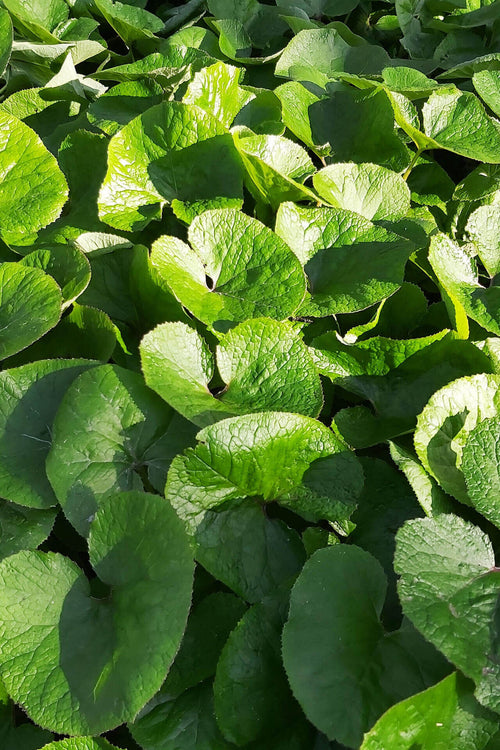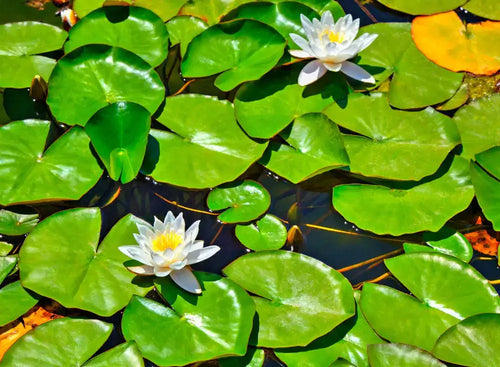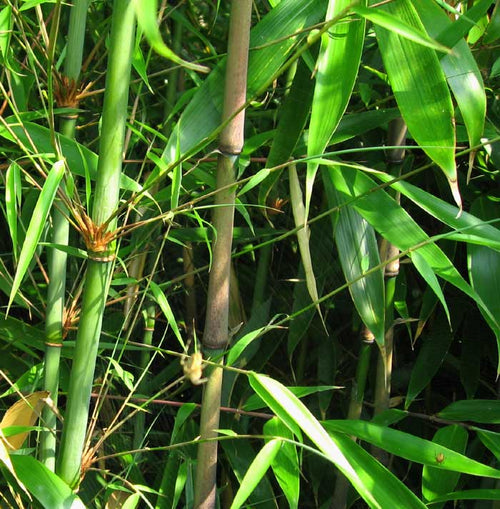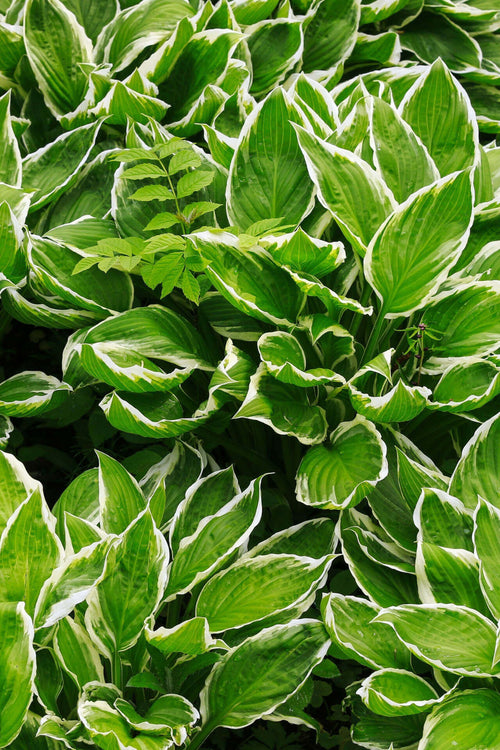Plants for Indoor Gardens
The allure of indoor gardening lies in its ability to bring the beauty of nature into the comfort of our homes. Whether you have a spacious living area or a cozy apartment, cultivating an indoor garden can provide numerous benefits, from improving air quality to reducing stress and enhancing interior aesthetics. To create a successful indoor garden, selecting the right plants that thrive in the indoor environment is essential. In this comprehensive guide, we will tour a diverse range of plants suitable for indoor gardening, considering factors such as light requirements, maintenance, and aesthetic appeal.
Succulents and Cacti
Succulents and cacti are some of the most popular choices for indoor gardens. These hardy plants require minimal care and are well-suited for individuals with busy lifestyles or limited gardening experience. Their unique shapes and textures add visual interest to any indoor space. Succulents store water in their leaves, making them exceptionally drought-resistant. Some common varieties include Echeverias, Jade Plants, and Aloe Vera. Ensure they receive bright, indirect light and allow the soil to dry out between watering.
Spider Plant (Chlorophytum comosum)
The spider plant is a classic choice for indoor gardening due to its air-purifying qualities and adaptability to different light conditions. With its arching, green, and white striped leaves, this plant grows slowly and produces small offshoots called "pups," which can be repotted to propagate new plants.
Peace Lily (Spathiphyllum)
The peace lily is renowned for its elegant white flowers and capacity to thrive in low-light conditions. It's an excellent choice for adding a touch of serenity to indoor spaces. Peace lilies are also known for their air-purifying properties, making them popular for bedrooms and offices.
Snake Plant (Sansevieria)
The snake plant is an ideal choice if you're seeking a low-maintenance plant that adds a modern touch to your indoor garden. With its upright, sword-like leaves, it's a resilient option that tolerates low light and infrequent watering. Snake plants are known to improve indoor air quality by filtering out toxins.
Pothos (Epipremnum aureum)
Pothos, also known as Devil's Ivy, is a versatile and adaptable plant that can thrive in various light conditions. Its heart-shaped leaves come in multiple shades of green and even variegated patterns. Pothos is an excellent choice for hanging planters or letting its vines cascade from shelves.
Herbs
Growing herbs indoors can provide both culinary and aesthetic benefits. Basil, mint, rosemary, thyme, and chives are some herbs that can thrive in indoor gardens. Place them near a sunny window and ensure they receive adequate water for a fresh supply of aromatic herbs for your culinary creations.
Ferns
Ferns add a touch of lush greenery to indoor spaces, creating a calming and refreshing atmosphere. Boston Ferns and Maidenhair Ferns are popular choices. They prefer medium to bright indirect light and consistent moisture levels.
Orchids
For those seeking a touch of elegance, orchids are a captivating addition to any indoor garden. While they require specific care, such as proper watering and humidity, their stunning blooms make the effort worthwhile. Orchids come in various colors and patterns, adding a sophisticated flair to your space.
African Violet (Saintpaulia)
African violets are beloved for their charming, delicate blooms in various colors. They thrive in moderate indoor light and can be an excellent choice for windowsills or tabletops. Keep the soil moist and avoid getting water on the leaves to prevent rot.
Bamboo
Lucky bamboo, also known as Dracaena sanderiana, is an easy-to-care-for plant that adds an Asian-inspired aesthetic to indoor gardens. Despite its name, lucky bamboo is not a bamboo but a member of the Dracaena family. It can thrive in low light and doesn't require soil to place it in water or a well-draining substrate.
Air Plants (Tillandsia)
Air plants are unique and intriguing additions to indoor gardens. They don't require soil to grow; they extract nutrients from the air. Air plants can be placed in decorative holders, hung from the ceiling, or creatively displayed in various ways. Regular misting or soaking in water will keep them healthy.
Bonsai Trees
For a genuinely captivating indoor garden centerpiece, consider cultivating bonsai trees. These miniature trees require careful pruning and shaping to maintain their artistic forms. Bonsai trees come in various species, such as Ficus, Juniper, and Pine, each with aesthetic appeal.
Conclusion
Creating a thriving indoor garden is a rewarding endeavor that brings the beauty of nature indoors while enhancing the aesthetics and ambiance of your living space. The plants mentioned above are just a glimpse of the wide variety available for indoor gardening. When selecting plants, consider light levels, humidity, and maintenance requirements to ensure your chosen plants flourish.
Remember that successful indoor gardening is a learning experience. Observing your plants, understanding their needs, and adjusting your care routine accordingly will lead to a vibrant and lush indoor garden that brings joy and tranquility to your home. Whether you're a seasoned gardener or a novice, indoor gardening offers endless possibilities for creativity, relaxation, and a deeper connection to the natural world.






















































